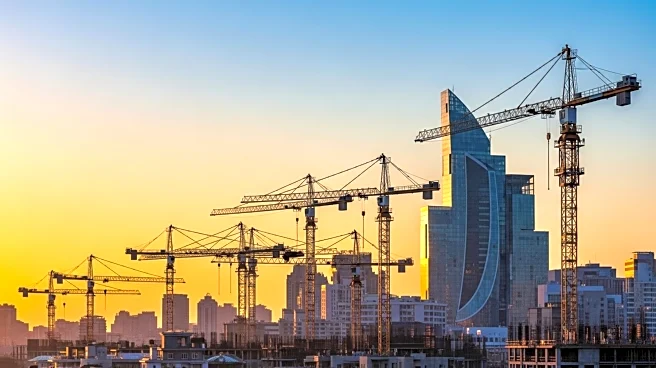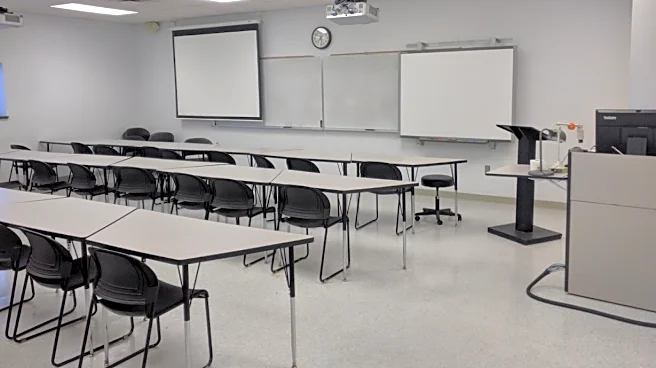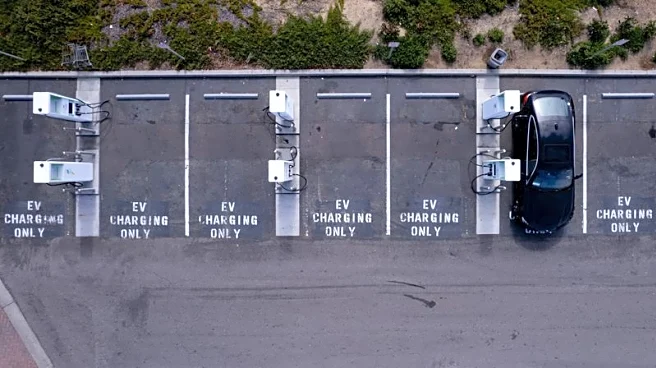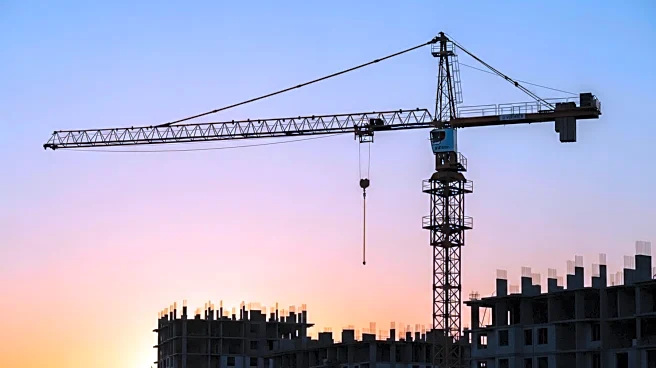What's Happening?
The U.S. housing market is experiencing a resurgence in new construction, with nearly 1.5 million new housing starts recorded in July 2025, marking a 12.9% increase from the previous year. This growth is driven by factors such as mortgage rates, tariffs, economic uncertainty, and demand. According to Realtor.com, the top metropolitan areas for new housing construction are predominantly in the South, with Fayetteville-Springdale-Rogers, Arkansas, leading the list. This area has attracted builders due to its affordability and low climate risk, with new construction accounting for 43.1% of listings. Other notable metros include Boise City, Idaho, and Nashville-Davidson-Murfreesboro-Franklin, Tennessee, where new builds make up significant portions of the housing market.
Why It's Important?
The increase in new housing construction is significant for the U.S. economy and housing market, as it indicates a recovery from previous stalls. This growth can alleviate housing shortages and stabilize prices, benefiting potential homebuyers. Southern metros leading in new construction suggest regional economic growth and attractiveness for builders and residents. However, the concentration of new builds in specific areas may lead to regional disparities in housing availability and affordability. The trend also reflects broader economic conditions, such as interest rates and consumer confidence, impacting the housing market's dynamics.
What's Next?
As the housing market evolves, newly built homes may face increased competition from existing homes, potentially affecting market dynamics. Builders and policymakers will need to monitor economic indicators and regional demands to sustain growth. The focus may shift to addressing affordability issues, especially in areas like Portland-South Portland, Maine, where new construction is less prevalent. Stakeholders will likely continue to assess the impact of economic policies and market conditions on housing trends.















